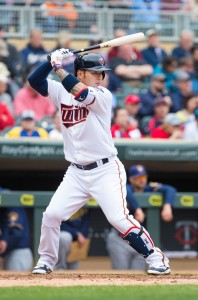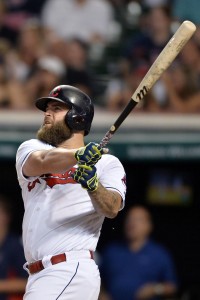MLBTR’s Tim Dierkes just released the first run of his 2017-18 free-agent power rankings. While the list will obviously change quite a bit over the course of the season to come, it’s interesting to note that four outstanding pitchers open up at the front.
Really, every member of this impressive group of veteran starters could realistically end up on top of the list by season’s end (as could a few other players). Tim has already stated his views on the preliminary ordering; now it’s time for MLBTR’s readership to weigh in.
Here are the four hurlers, in Tim’s order, with a brief affirmative case for why each ought to be considered the frontrunner to become the best free-agent starter:
Jake Arrieta, Cubs: None of the other pitchers has done what Arrieta did in 2015, when he posted a 1.77 ERA over 229 innings and took the Cy Young over two outstanding competitors. While he showed some worrying signs over the second half last year, he’s still throwing premium stuff and has been a workhorse of late.
Yu Darvish, Rangers: If one of these hurlers can be said to have the most upside, perhaps it’s Darvish. He paces this group in generating swings and misses and converting those into strikeouts. If he can return to his early-career 200+ inning pace, all bets are off on his earnings.
Johnny Cueto, Giants (can opt out of current contract): Though his long MLB tenure makes it seem as if Cueto is older than the others on this list, that’s not really the case; he’s only 19 days senior to Arrieta. And he’s certainly the most accomplished of the group overall, having turned in three seasons of 200+-inning, sub-3.00 ERA ball over the past five years.
Masahiro Tanaka, Yankees: The arm health remains a long-term question, but at what point might Tanaka’s age and consistency push past that consideration? He did manage to turn in 199 2/3 frames last year, after all, and will pitch the entire 2017 season at 28 years of age. Over his 490 total MLB frames, Tanaka owns a strong 3.12 ERA with 8.2 K/9 and just 1.5 BB/9.
So, which of these hurlers do you see ending the year with the best free-agent case? (Link for app users.)

